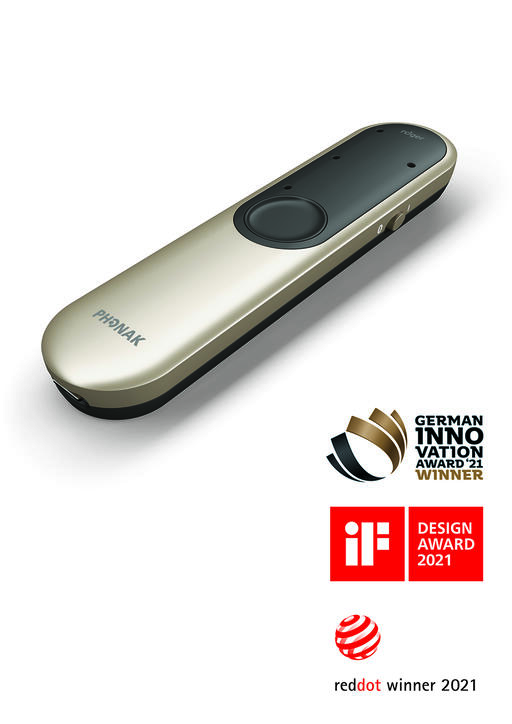-
Unternehmen
- Unternehmensübersicht
- Das ist Sonova
- Vision & Werte
- Unser Geschäft
- Strategie
-
Führungsgremien
- Unsere Geschichten
-
Hören und Hörverlust
- Hörtest
-
Marken
- Marken
-
Hörgeräte
-
Cochlea ImplantateCochlea Implantate
-
Investoren
- Investoren Überblick
- Ad hoc-Mitteilungen
- Investieren in Sonova & Strategie
- Präsentationen und Webcasts
-
Berichte
- Aktueller Ausblick
- Kennzahlen
- Finanzkalender
-
Corporate Governance
-
Sonova Aktien & FinanzverbindlichkeitenSonova Aktien & Finanzverbindlichkeiten
- Generalversammlung
- Services & Kontakte
- Newsroom
-
Karriere
-
Deine Karriere bei uns
-
Jetzt bewerben
-
Sonova als ArbeitgeberSonova als Arbeitgeber
- Lerne unsere Talente kennen
-
sonova global
- Global
-
North America
North America
-
Pacific
Pacific
-
Latin America
Latin America
- Asia
-
Europe
Europe
- Österreich (Deutsch)
- Belgien (Français)
- Belgien (Nederlands)
- Dänemark (Dansk)
- Finnland (Suomi)
- Frankreich (Français)
- Deutschland (Deutsch)
- Ungarn (Magyar)
- Italien (Italiano)
- Niederlande (Nederlands)
- Norwegen (Bokmål)
- Polen (Polski)
- Spanien (Español)
- Schweden (Svenska)
- Vereinigtes Königreich (English)
Global
North America
Pacific
Latin America
Asia
Europe
-
Unternehmen
-
Marken
Marken
- Marken
- Hörgeräte
- Cochlea Implantate
-
Investoren
Investoren & Finanzdaten
- Investoren Überblick
- Ad hoc-Mitteilungen
- Investieren in Sonova & Strategie
- Präsentationen und Webcasts
- Berichte
- Aktueller Ausblick
- Kennzahlen
- Finanzkalender
- Corporate Governance
- Sonova Aktien & Finanzverbindlichkeiten
- Generalversammlung
- Services & Kontakte
- Newsroom
-
Karriere
Karriere bei Sonova
- Deine Karriere bei uns
- Jetzt bewerben
- Sonova als Arbeitgeber
- Lerne unsere Talente kennen
- Berufsbildung
sonova global
Choose your country
- Global
-
North America
North America
-
Pacific
Pacific
-
Latin America
Latin America
- Asia
-
Europe
Europe
- Österreich (Deutsch)
- Belgien (Français)
- Belgien (Nederlands)
- Dänemark (Dansk)
- Finnland (Suomi)
- Frankreich (Français)
- Deutschland (Deutsch)
- Ungarn (Magyar)
- Italien (Italiano)
- Niederlande (Nederlands)
- Norwegen (Bokmål)
- Polen (Polski)
- Spanien (Español)
- Schweden (Svenska)
- Vereinigtes Königreich (English)
Global
North America
Pacific
Latin America
Asia
Europe
19/05/2021 | 08:00 CEST | Phonak
Phonak set to release new Roger On™ solution for hearing aid and cochlear implant wearers
Highly-anticipated remote microphone receives 2021 iF Design and German Innovation Award for helping teens and adults understand speech in noise and over distance

Stäfa, Switzerland, May 19, 2021 – Phonak, a leading global provider of life-changing hearing solutions, today announces the Roger On remote microphone solution will be available to hearing aid and cochlear implant wearers via hearing care professionals as of June 15, 2021. The highly-anticipated Roger On is the newest addition to the Phonak Roger portfolio and was designed to help hearing aid and cochlear implant wearers better understand speech in challenging situations like background noise and over distance. Less than a month after receiving the prestigious Red Dot award for its high design quality, Roger On is also the recipient of the 2021 iF Design Award and the German Innovation Award.
Roger On Key Benefits:
- MultiBeam 2.0 Technology* - selects the microphone beam with the best signal-to-noise ratio (SNR) and tells the wearer the direction of the speaker. MultiBeam Technology has been shown to increase speech understanding up to 61% in a group conversation in 75 dBA of noise, compared to hearing aids alone.1
- Improved Pointing Mode – features Pointing Mode 2.0 with three microphones that allow consumers to zoom in on a conversation over distance by simply pointing. Roger On virtually doubles the performance using Pointing Mode 2.0 compared with hearing aids alone in background noise at two meters distance.**
- New myRogerMic App – With the new myRogerMic app, consumers can steer or change the microphone beam using their smartphone for a more personalize hearing experience. The app also allows wearers to save custom modes, see microphone status and mute and unmute.
“We know that hearing in background noise or across the room remains a challenge for some hearing aid or cochlear implant wearers—and that was before social distancing and mask-wearing,” said Jon Billings, Vice-President Phonak Marketing. That’s why we’re so excited about the new Roger On. “It combines hearing performance, ease-of-use and versatility into a sleek remote microphone that can be used in virtually any listening situation.”
Designed for Versatility
Roger On is compatible with almost every hearing aid and cochlear implant and automatically switches between different microphone modes depending on if it is used on a table, clipped on clothing or held in the hand. In Presenter Mode, an accelerometer activates an upward pointing beam to ensure speech quality is maintained independent of position.***It can be connected to a TV, laptop, or other device for high-quality audio streaming in stereo and is also IP54 rated for protection against splashes of water.
Award-Winning Design
Roger On is now the recipient of three coveted awards for product design and innovation. It was just honored with a 2021 iF Design Award in the Product discipline due in part to its large multifunctional button and visual display and also received a 2021 German Innovation Award for its user benefits, functionality and ease-of-use. Last month, Roger On received a “Red Dot” Award, one of the most internationally sought-after seals of quality for outstanding product design.
Roger On comes in Champagne and Graphite Grey colors, charges via USB-C and has eight hours of use time on a single charge. It will be available as of June 15, 2021.
* MultiBeam 2.0 Technology is only available when using hearing devices with RogerDirect
** Based on ABC-MRT16, technical measurements done at RISE (Research Institute of Sweden) 10th of of November 2020.
*** According to technical measurements at RISE (Research Institute of Sweden) 16 April 2019.
- Thibodeau L. M. (2020). Benefits in Speech Recognition in Noise with Remote Wireless Microphones in Group Settings. Journal of the American Academy of Audiology, 31(6), 404–411. https://doi.org/10.3766/jaaa.19060